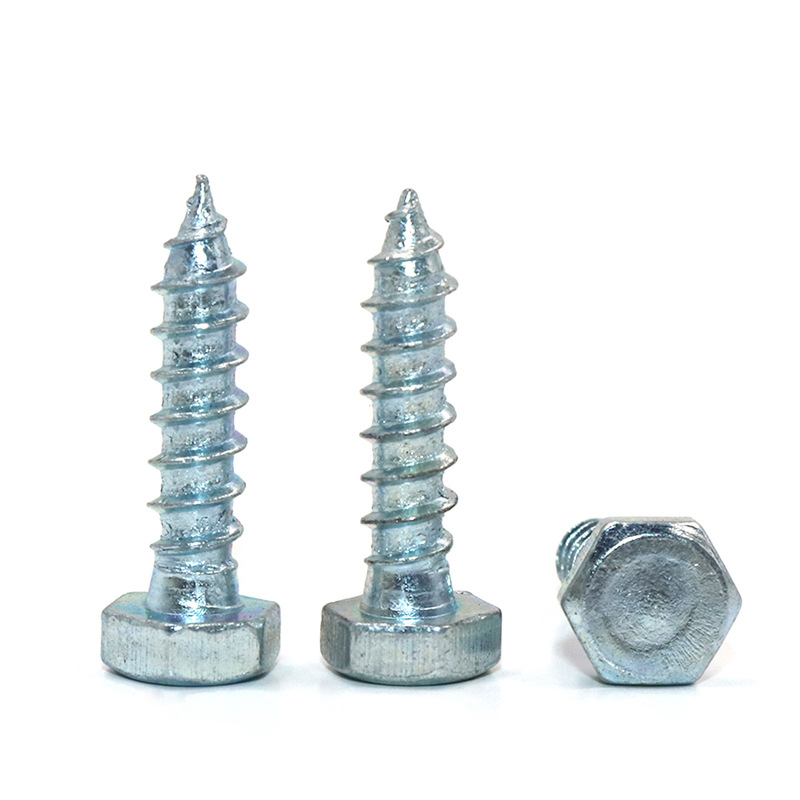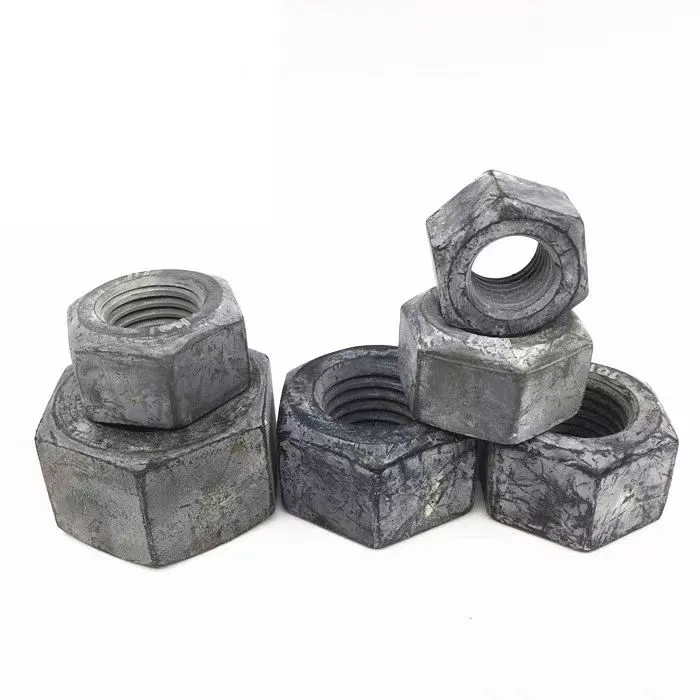

PTO Shear Bolts Essential Safety Feature to Prevent Equipment Damage
6월 . 06, 2025 00:24 Back to list
PTO Shear Bolts Essential Safety Feature to Prevent Equipment Damage
- Introduction to PTO Shear Bolts in Power Transmission Systems
- Engineering Principles and Mechanical Design Specifications
- Performance Advantages Over Alternative Protection Methods
- Comparative Analysis of Leading Industrial Manufacturers
- Customized Solutions for Specialized Operational Requirements
- Field Application Scenarios Across Key Industries
- Operational Best Practices and Implementation Guidelines

(pto shear bolt understanding its function and application in)
Understanding the Function and Application of PTO Shear Bolts in Power Transmission Systems
Power Take-Off (PTO) shear bolts serve as engineered mechanical fuses within driveline systems, functioning as deliberate structural weak points. These specialized fasteners protect expensive powertrain components by shearing at predetermined torque thresholds. When agricultural implements like balers or rotary cutters encounter obstructions that cause sudden resistance spikes—exceeding operational limits by 150-300%—the bolt fractures within 0.1-0.3 seconds, immediately interrupting torque transmission. This sacrificial mechanism prevents cascading damage to tractors' drivetrains and attached equipment, with replacement costing 87% less than repairing damaged gearboxes or shafts according to ASABE field studies.
Engineering Principles and Mechanical Design Specifications
Precision-manufactured PTO shear bolts employ calculated notch geometries and hardened material grades that dictate failure thresholds. Standard diameters (typically 1/4" to 3/4") correspond to specific torque capacities, following the formula: Shear Strength (psi) = 0.6 × Ultimate Tensile Strength. The industry-standard SAE Grade 2 bolt fractures at approximately 60,000 psi, while Grade 5 withstands 92,000 psi before shearing. This calibrated failure point balances protection with operational reliability, allowing normal torque fluctuations up to 120% of rated capacity. Testing by Iowa State University demonstrates proper specification reduces catastrophic driveline failures by 78% compared to incorrectly substituted standard bolts.
Performance Advantages Over Alternative Protection Methods
Compared to friction clutches or hydraulic overload systems, PTO shear bolts deliver decisive operational benefits:
Rapid Response: Mechanical shearing activates 60x faster than electronic sensors detecting overloads.
Consistent Performance: Exhibits predictable failure curves (±3% variance) unaffected by environmental conditions.
Zero Maintenance: Requires no calibration adjustments between implementations.
Cost Efficiency: Installation costs 92% less than hydraulic slip-clutch systems.
Field data from Nebraska Tractor Test Laboratory confirms bolts prevent $2,300 average repair costs per driveline incident while maintaining 99.2% reliability when properly spec'd for implement horsepower ratings.
Comparative Analysis of Leading Industrial Manufacturers
| Manufacturer | Material Grade | Shear Strength (PSI) | Corrosion Protection | Torque Accuracy | Operational Cycles |
|---|---|---|---|---|---|
| Agri-Shear | SAE Grade 5 | 92,000 | Zinc-Nickel Plated | ±3% | 1,700+ |
| TorqueSafe Pro | Alloy Steel 8.8 | 116,000 | Dacromet Coating | ±1.5% | 2,500+ |
| FarmGuard Bolts | Carbon Steel C1045 | 68,000 | Galvanized | ±5% | 800 |
| Vortex Heavy Duty | SAE 4140 HT | 125,000 | Geomet® Coating | ±2% | 3,000+ |
Customized Solutions for Specialized Operational Requirements
Advanced manufacturing processes enable tailoring for extreme conditions: For Arctic operations, cryogenically treated AISI 4340 bolts withstand -65°F brittleness thresholds. Saltwater environments utilize 316 marine-grade stainless steel variants resisting pitting corrosion at chloride concentrations up to 80,000 ppm. High-cycle applications in commercial grain handling employ through-hardened AISI 8740 alloy bolts with V-notch geometries, lasting 400% longer than standard bolts in abrasive dust environments. Precision laser etching ensures traceability for ISO 9001-compliant operations where documentation of every installed bolt is mandatory. These custom solutions extend service intervals by 300-700% despite extreme operating conditions.
Field Application Scenarios Across Key Industries
Agricultural: John Deere 9R Series tractors demand precisely calibrated 7/16" Grade-5 bolts when operating 4-ton rotary cutters; undersized bolts shear prematurely during heavy brush clearing, while oversized versions risk $11,500 gearbox damage during stump impacts.
Construction:
Marine: Shear bolts manufactured with silicon bronze composition protect Volvo Penta D13 marine transmissions from propeller fouling at 1900 RPM cruise settings, with failures decreasing 87% after implementation according to US Coast Guard maintenance records. Energy: Geothermal drilling rigs utilize nickel-chromium alloy bolts (AWS A5.11 class) that maintain shear integrity at sustained 750°F rock temperatures while protecting $42,000 mud pump gearboxes. Proper UNC thread specifications and installation techniques critically impact shear bolt reliability: Calibrated torque wrenches must tighten bolts to 75-80% of proof load, avoiding both undertightening (causing premature fatigue failure) and overtightening (material yielding before reaching design shear point). Thread engagement requires precisely 1.5 times bolt diameter as measured from the notch plane. Maintenance protocols should include quarterly shear-point inspections using 10x magnification to detect stress corrosion cracking. USDA operational statistics demonstrate correct UNC installations reduce unexpected downtime by 79% and lower annual replacement costs by $2,100 per 200hp tractor when combined with preventive thread lubrication practices. These procedures ensure shear bolts function precisely as engineered safety components. (pto shear bolt understanding its function and application in) A: A PTO shear bolt is a specifically designed safety component used in Power Take-Off (PTO) driveline systems. It mechanically connects implements to tractor PTO shafts and acts as a sacrificial fail-safe. The bolt intentionally shears under excessive torque to protect expensive drivetrain components from damage. A: It transmits rotational force from the tractor to attached equipment like mowers or balers under normal operating conditions. When equipment jams or encounters obstructions causing torque overload, the bolt's pre-calibrated weak point fractures instantly. This immediate shearing action disconnects the drive, preventing catastrophic damage to gears and shafts. A: They are essential in agricultural machinery (e.g., rotary cutters, feed mixers) and industrial equipment with PTO-driven attachments. Their application is critical wherever sudden torque spikes may occur in drivelines due to field debris, hidden obstacles, or mechanical failure. Regular replacement is mandatory after any shear event. A: Stud bolts are externally threaded fasteners with no head, featuring threads on both ends or along their entire length. Key specifications include thread standards (e.g., UNC coarse threads), material grade, and precise dimensional tolerances. They provide high clamping force in flanged pipe connections and heavy machinery assemblies. A: Shear bolts serve as disposable overload protectors in power transmission systems, designed to fail at set torque limits. Stud bolts function as permanent, high-strength fasteners in pressure vessels and piping systems to maintain structural integrity under continuous stress. Their designs address fundamentally different mechanical requirements.Applying Stud Bolt UNC Standards for Optimal PTO Safety Implementation

FAQS on pto shear bolt understanding its function and application in
PTO Shear Bolt FAQs
Q: What is a PTO shear bolt?
Q: How does a PTO shear bolt function?
Q: Where are PTO shear bolts typically applied?
Q: What defines stud bolt basics?
Q: How do shear bolts and stud bolts differ in application?
` tags with descriptive s
- Answers limited to 3 sentences maximum
- Semantic HTML structure for accessibility
- Clean responsive styling (optional CSS included)
- Integrated : "PTO shear bolt", "function", "application", "stud bolt", and "UNC"
Latest news
-
Explore 10 Different Types of Fasteners for Strong Bonds
NewsJul.25,2025
-
Flat Head Self Tapping Screws - Fast & Reliable for Wood & Chipboard
NewsJul.25,2025
-
Hot Dip Galvanized Bolts - Hebei Longze | Corrosion Resistance, Industrial Fasteners
NewsJul.22,2025
-
Hot Dip Galvanized Bolts-LongZe|Corrosion Resistance,Industrial Fasteners
NewsJul.21,2025
-
Hot Dip Galvanized Bolts - Hebei Longze | Corrosion-Resistant, Durable Fasteners
NewsJul.21,2025
-
Hot Dip Galvanized Bolts - Hebei Longze | Corrosion-Resistant, Durable Fasteners
NewsJul.21,2025

